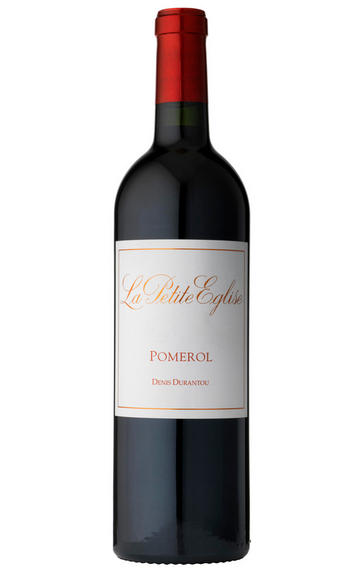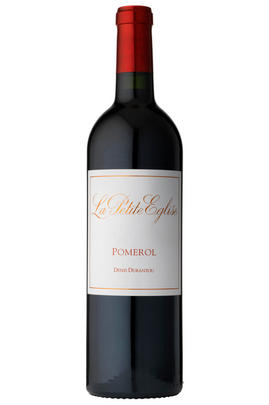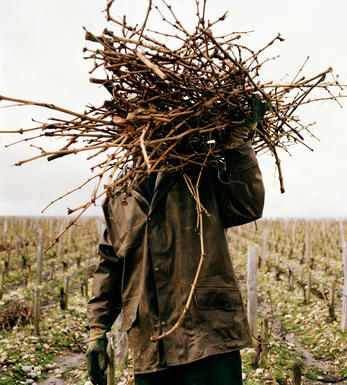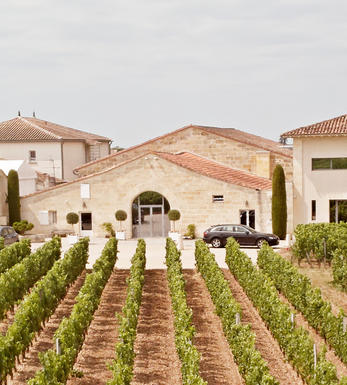
2001 Château l'Eglise-Clinet, Pomerol, Bordeaux

Critics reviews
Neal Martin - 29/07/2016
Robert Parker - Wine Advocate - July 2004
About this WINE

Chateau l'Eglise-Clinet
Château L'Eglise-Clinet is now amongst the elite of Pomerol producers. Its vineyards were originally part of Château Clinet and Château Clos l`Eglise respectively, and the property came into being in the 1950s.
L'Eglise-Clinet has been owned and run by Denis Durantou since 1982. Its 5.5 hectares of vineyards are located on the Pomerol plateau, where the soils are rich in gravel, clay, sand and iron. The vines have a high average age of around 45 years, with a proportion of them dating back to pre-1956, having escaped the brutal frosts of that year.
L'Eglise-Clinet's wine is typically a blend of 80% Merlot and 20% Cabernet Franc. The grapes are vinified in a combination of concrete vats and stainless steel vats. The wine is then aged in small oak barriques (50-70% new) for 18 months.

Pomerol
Pomerol is the smallest of Bordeaux's major appellations, with about 150 producers and approximately 740 hectares of vineyards. It is home to many bijou domaines, many of which produce little more than 1,000 cases per annum.
Both the topography and architecture of the region is unremarkable, but the style of the wines is most individual. The finest vineyards are planted on a seam of rich clay which extends across the gently-elevated plateau of Pomerol, which runs from the north-eastern boundary of St Emilion. On the sides of the plateau, the soil becomes sandier and the wines lighter.
There is one satellite region to the immediate north, Lalande-de-Pomerol whose wines are stylistically very similar, if sometimes lacking the finesse of its neighbour. There has never been a classification of Pomerol wines.
Recommended Châteaux : Ch. Pétrus, Vieux Ch. Certan, Le Pin, Ch. L’Eglise-Clinet, Ch. La Conseillante, Ch. L’Evangile, Ch. Lafleur, Trotanoy, Ch. Nenin, Ch. Beauregard, Ch. Feytit-Clinet, Le Gay.

Cabernet Sauvignon Blend
Cabernet Sauvignon lends itself particularly well in blends with Merlot. This is actually the archetypal Bordeaux blend, though in different proportions in the sub-regions and sometimes topped up with Cabernet Franc, Malbec, and Petit Verdot.
In the Médoc and Graves the percentage of Cabernet Sauvignon in the blend can range from 95% (Mouton-Rothschild) to as low as 40%. It is particularly suited to the dry, warm, free- draining, gravel-rich soils and is responsible for the redolent cassis characteristics as well as the depth of colour, tannic structure and pronounced acidity of Médoc wines. However 100% Cabernet Sauvignon wines can be slightly hollow-tasting in the middle palate and Merlot with its generous, fleshy fruit flavours acts as a perfect foil by filling in this cavity.
In St-Emilion and Pomerol, the blends are Merlot dominated as Cabernet Sauvignon can struggle to ripen there - when it is included, it adds structure and body to the wine. Sassicaia is the most famous Bordeaux blend in Italy and has spawned many imitations, whereby the blend is now firmly established in the New World and particularly in California and Australia.


Buying options
Add to wishlist
Description
The Chteau l'Eglise-Clinet 2001, which was served from magnum, is a worthy follow-up to the millennial release and might be unfairly overshadowed by it. The 2001 has a slightly lighter and more feminine bouquet, but it delivers the same level of beguiling delineation and crystalline raspberry and cranberry fruit. This has a Burgundy-like purity, very harmonious in the mouth with very fine acidity. There is a sense of harmony interwoven into this Pomerola gentle build towards the lightly spiced, truffle-tinged finish that will put a smile on any wine-lover's face. One of the prettiest wines under Denis Durantou's reign, it might not have the prowess of the 2000, but it has plenty of class. Tasted March 2015.
Neal Martin - 29/07/2016
wine at a glance
Delivery and quality guarantee